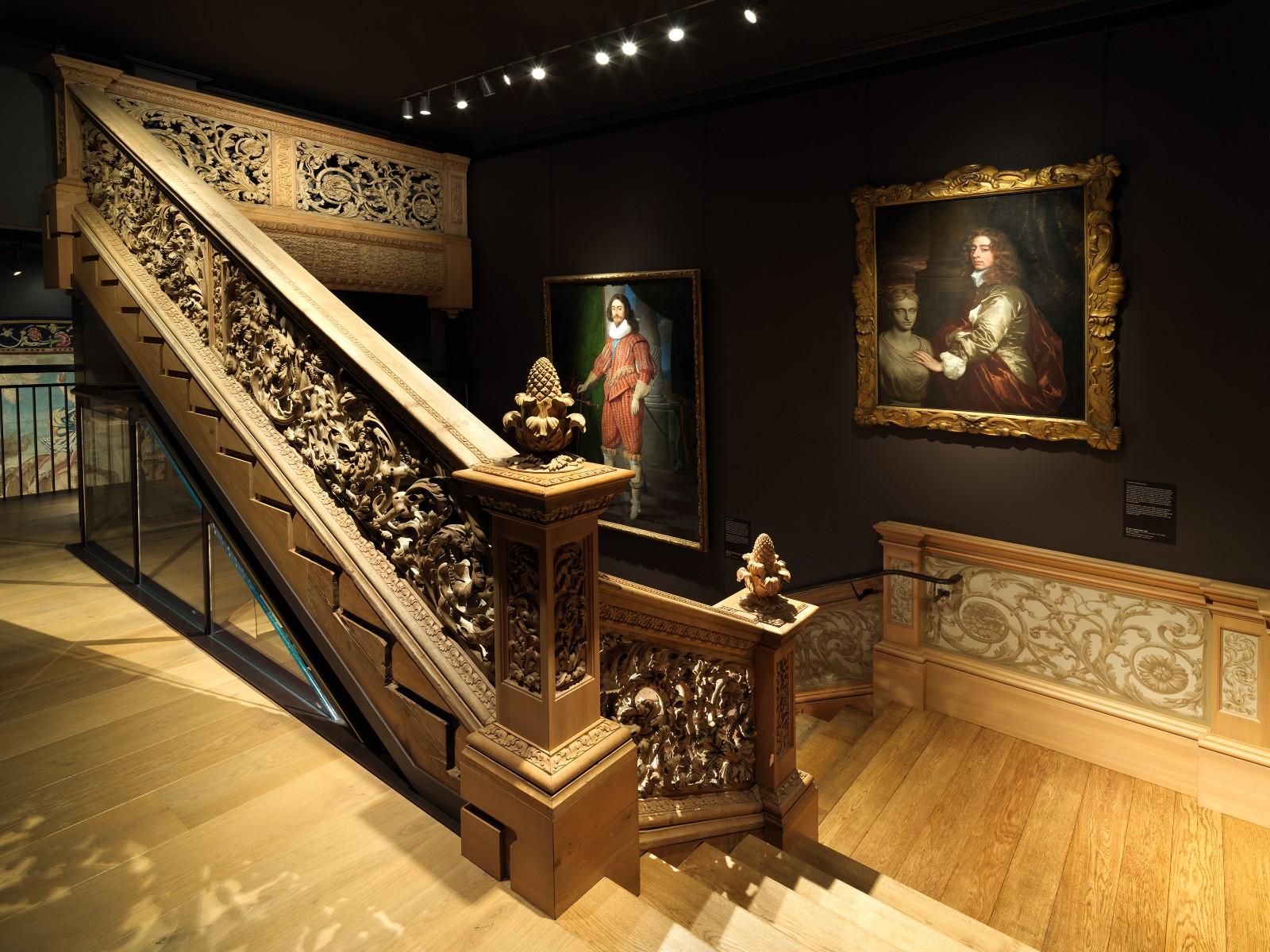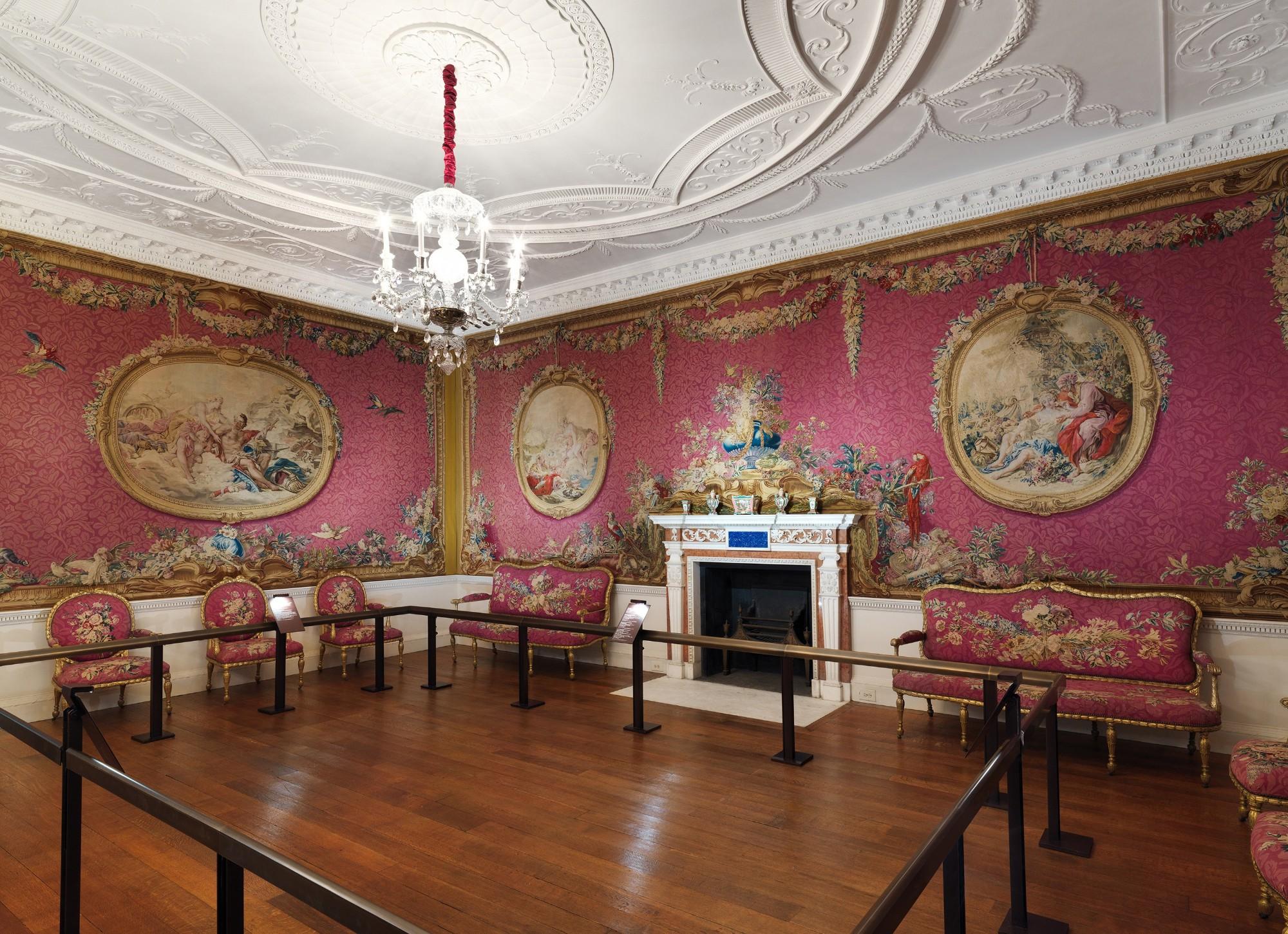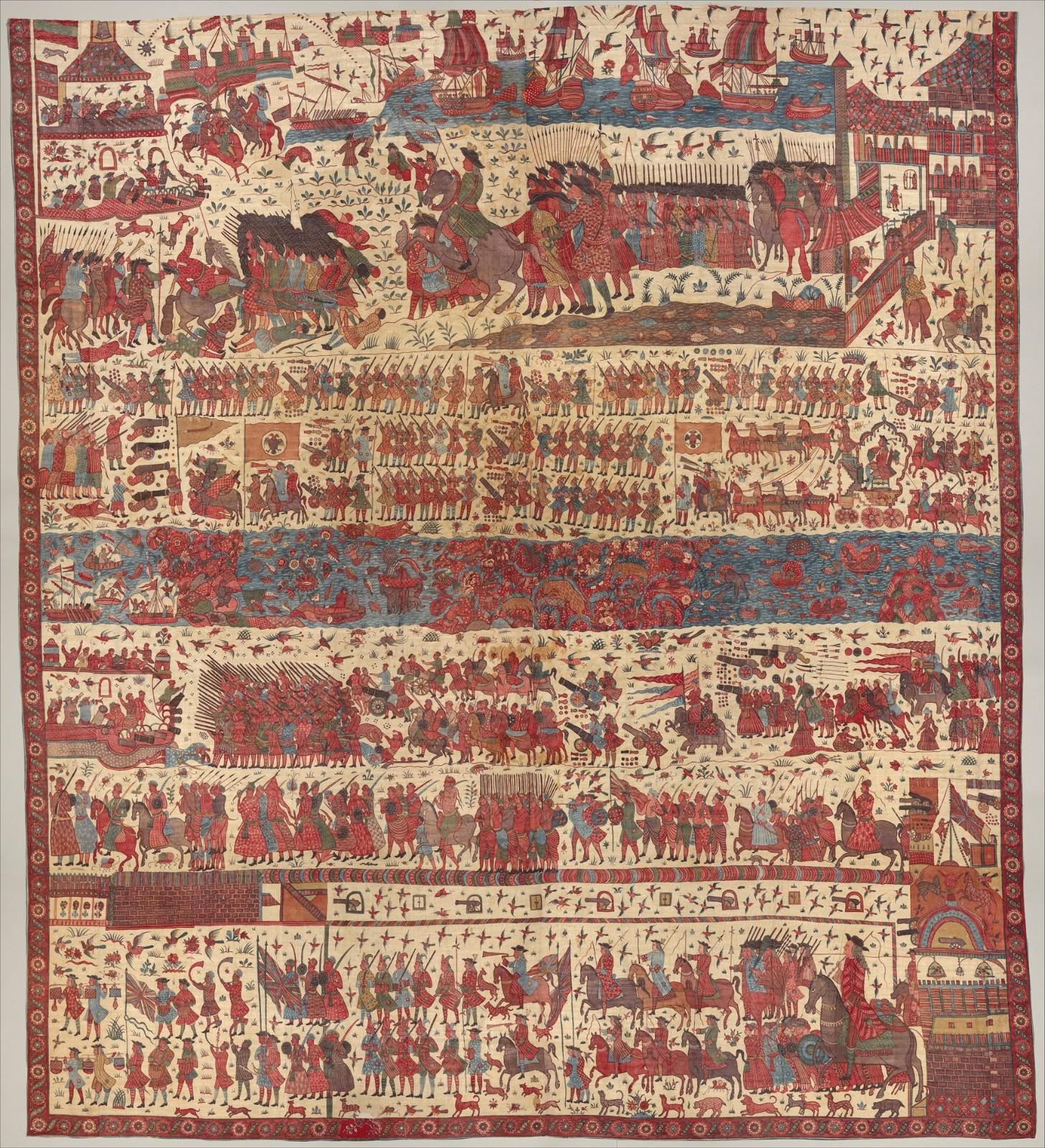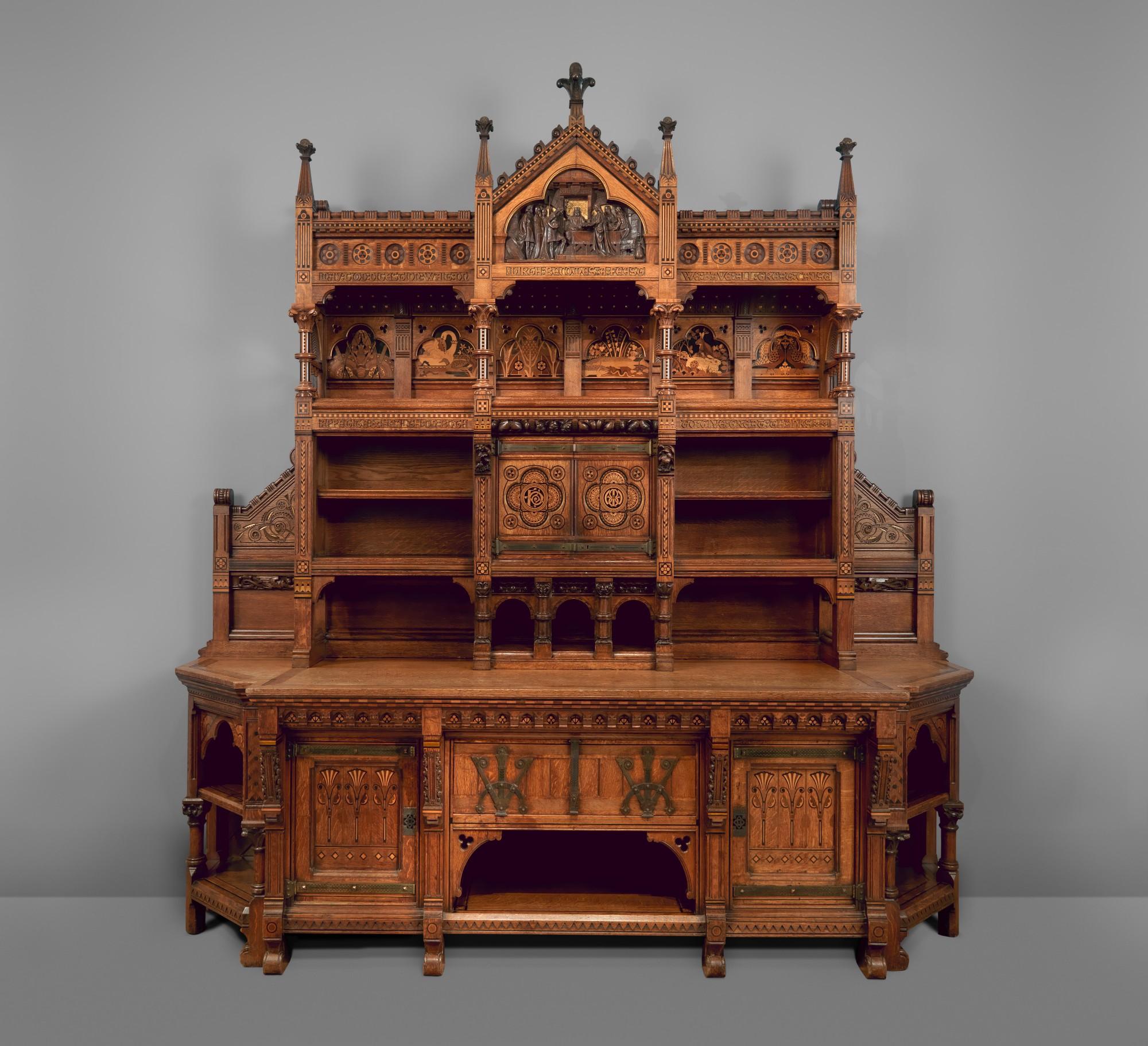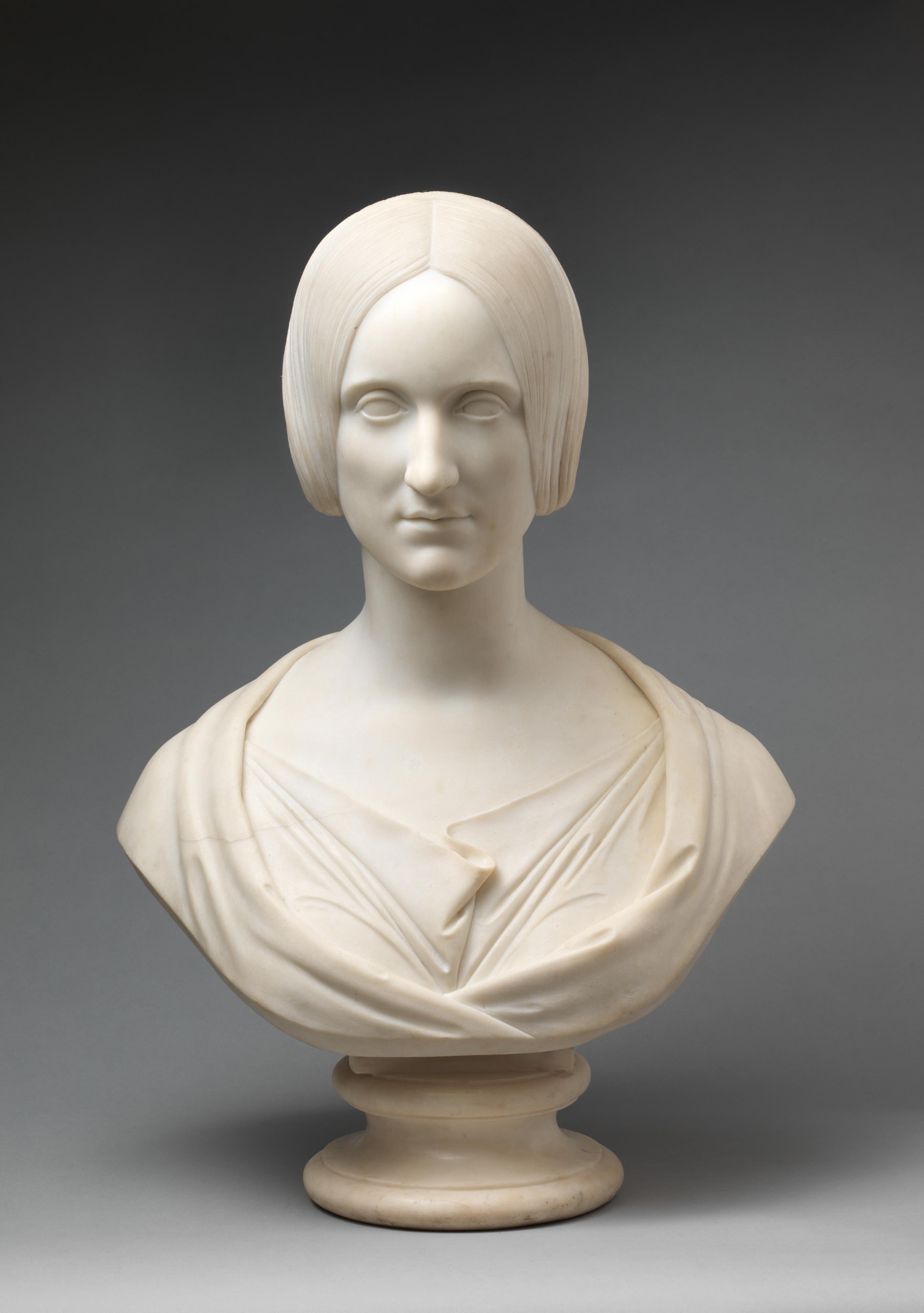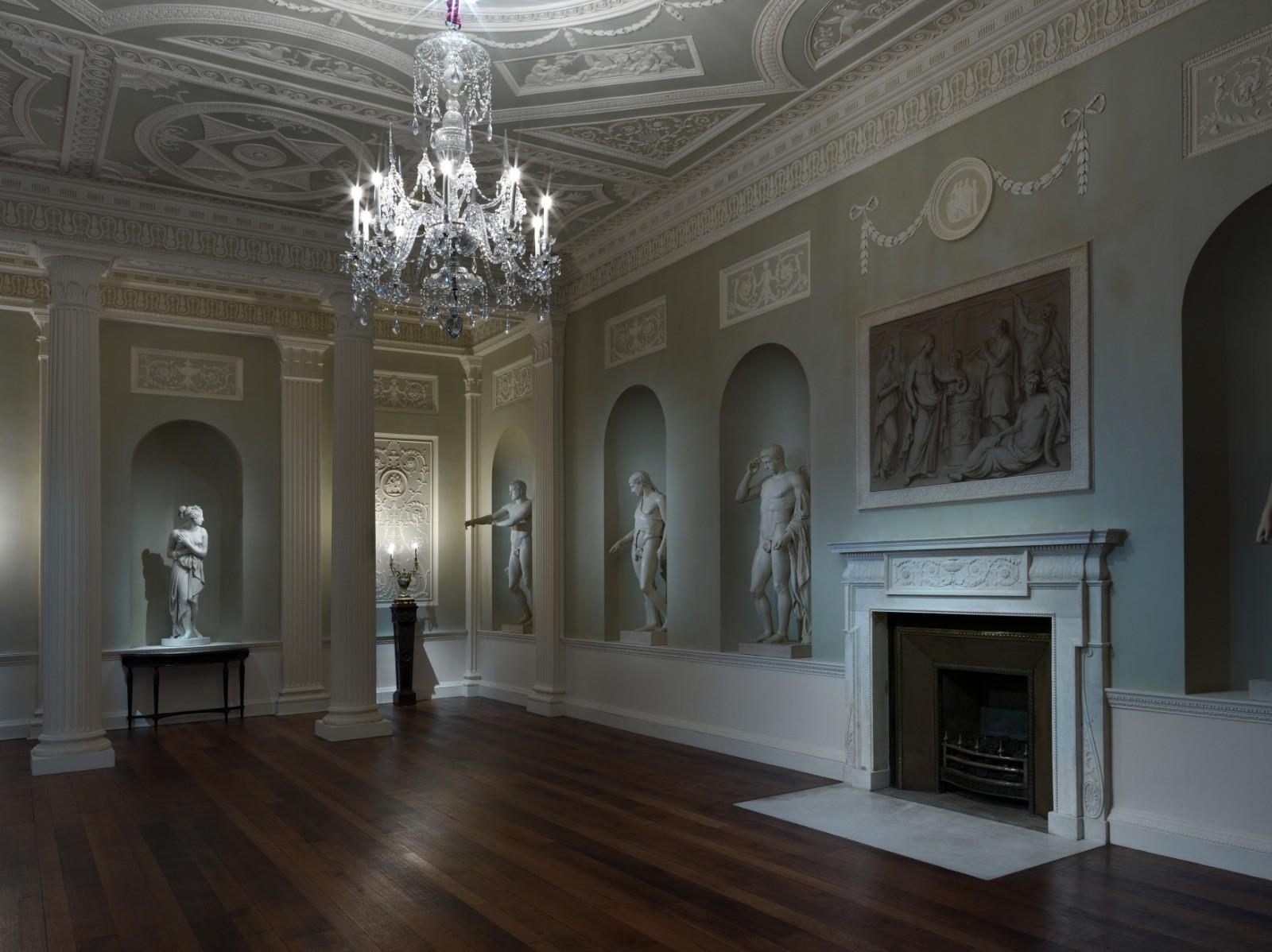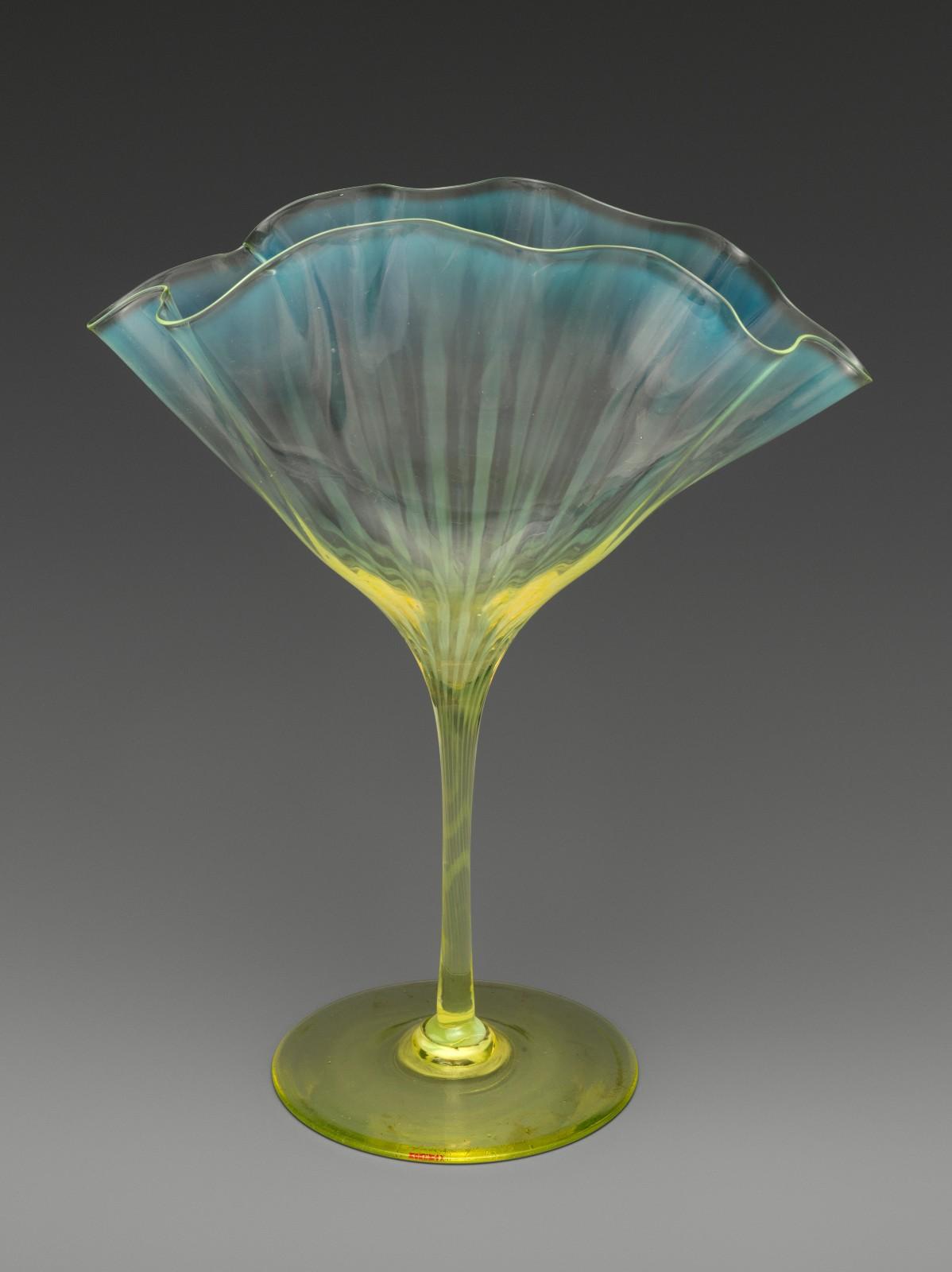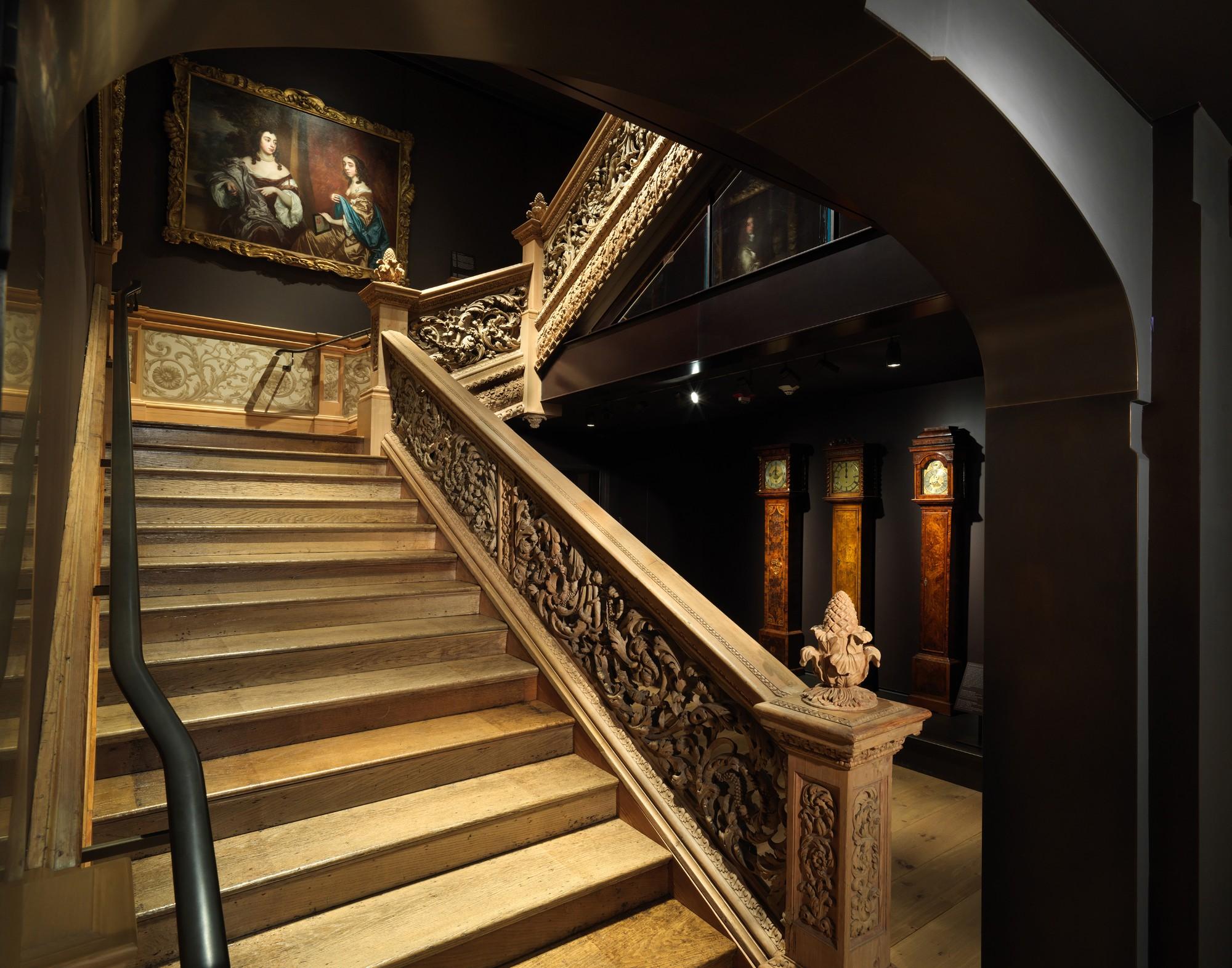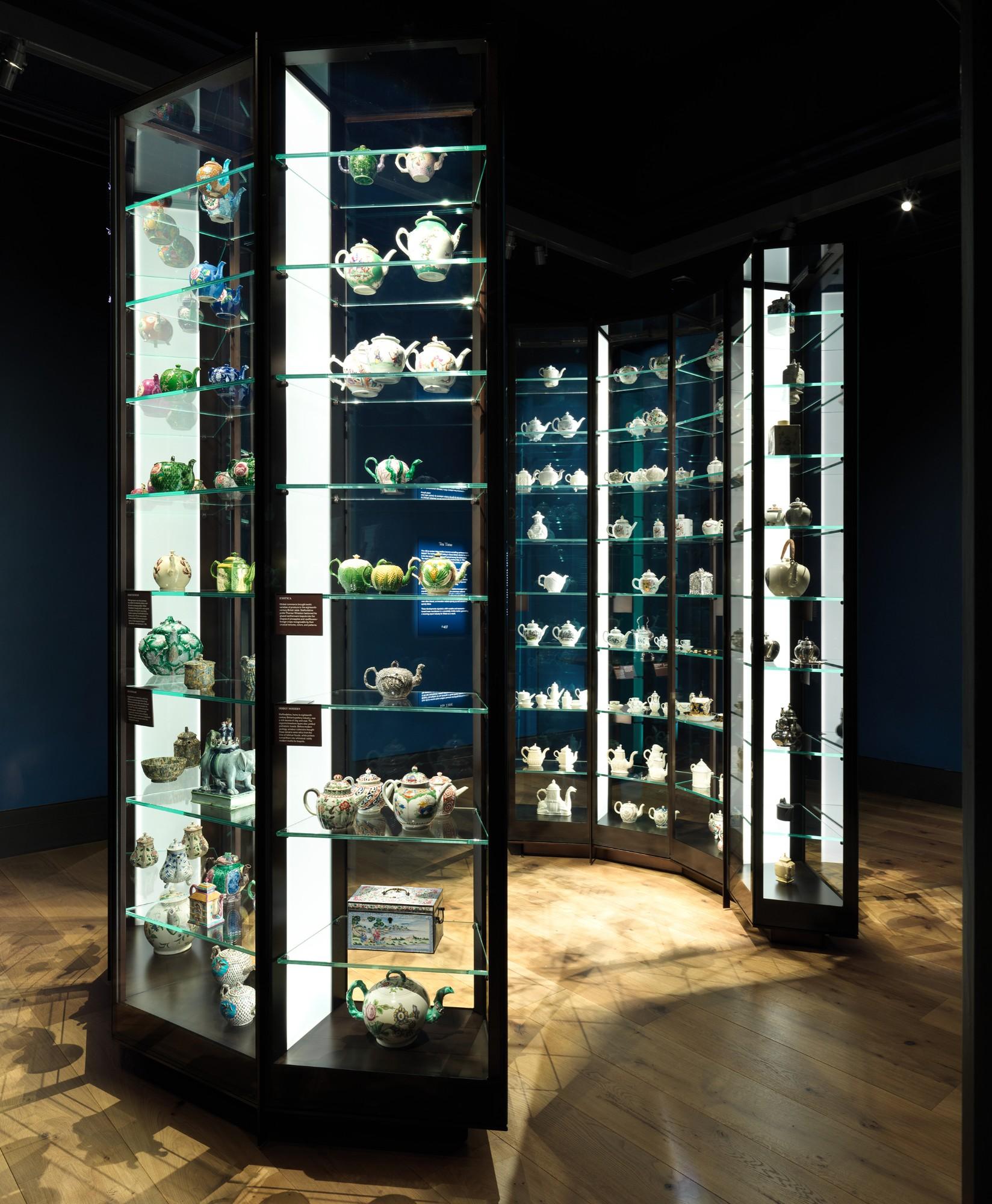Officially known as the Annie Laurie Aitken and Josephine Mercy Heathcote Galleries, and closed since 2016, the redesigned galleries occupy 11,000 square feet of space and feature nearly 700 works of British decorative arts, design and sculpture created between 1500 and 1900. It’s one of the most comprehensive accumulations of British silver, furniture, tapestry, textiles and ceramics outside Great Britain, including works from the Tudor, Stuart, Georgian and Victorian periods.
The galleries not only look different, but they have gained a “design narrative,” a storyline that provides a fresh perspective on the period and gives visitors new ways to understand the art and objects before them. It’s a narrative that’s “centered on the intersection of creativity and entrepreneurialism” on the part of British artists, artisans, and manufacturers, as Met Director Max Hollein puts it.




